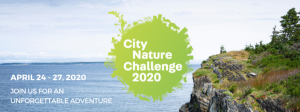UPDATE JULY 22, 2020: We indeed got some Good News! HRM Council did NOT accept the recommendation of city staff and voted unanimously to approve the $750,000 contribution towards the NS Nature Trust purchase of Connector Lands (see below). I am told over 800 people and groups wrote to council in favour of HRM. That’s impressive. As well, this council has a good record in the relation to the Halifax Green Network Plan – voters will remember that when the fall elections come up.
———————–
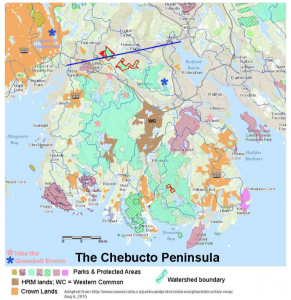
The Chebucto Peninsula is potentially a highly significant conservation area within NS – but we need to ensure connectivity between Parks and Protected areas within the peninsula and across the peninsula to the mainland to make it so. Click on image for more about the Chebucto Peninsula
Today is our National and Nova Scotia Parks Day. It’s a day to celebrate and reflect on our Parks and Protected Areas (PPA).
CPAWS, the Canadian Parks and Wilderness Society, released its annual Parks Report Healthy Nature Healthy People, yesterday and appeals to Canadians to Take Action and encourage the federal government to “put parks and protected areas at the heart of recovery” from Covid19, noting:
In June the federal government reaffirmed its commitment to protecting 25% of land and ocean by 2025 and 30% by 2030, which is an important step. Now they need to invest in implementing this promise on the ground.
The recent global pandemic has forced us to consider the link between nature, human health, and economic health and to re-think our future. Investing in nature protection as part of recovery will help rebuild a healthier, more equitable and green society and economy.

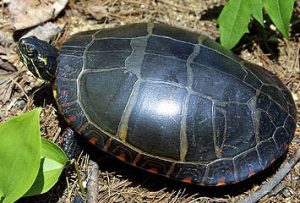
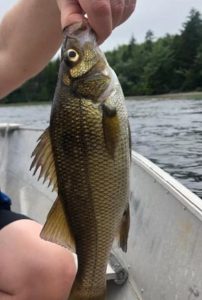




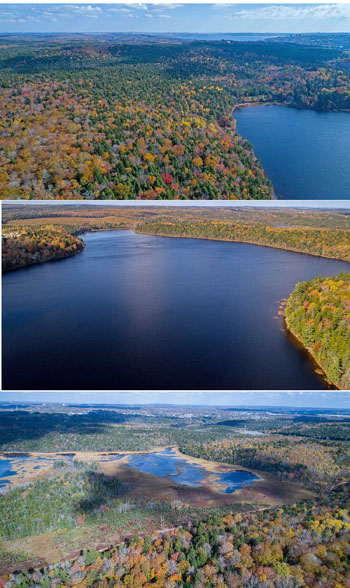
 EAC is hosting a webinar on Earth Day, featuring the work of 4 staff members at EAC. I’ll [Karen McKendry, EACWilderness Outreach Coordinator] be one of the presenters, and will focus on the last 3 large wild areas in urban Halifax: Purcells Cove Backlands, Blue Mountain, and Sandy Lake and Sackville River. I’ll also speak briefly to the health benefits for spending time in nature, including mental health benefits. I think we need the solace and calm and inspiration that nature has to offer us right now.
EAC is hosting a webinar on Earth Day, featuring the work of 4 staff members at EAC. I’ll [Karen McKendry, EACWilderness Outreach Coordinator] be one of the presenters, and will focus on the last 3 large wild areas in urban Halifax: Purcells Cove Backlands, Blue Mountain, and Sandy Lake and Sackville River. I’ll also speak briefly to the health benefits for spending time in nature, including mental health benefits. I think we need the solace and calm and inspiration that nature has to offer us right now.